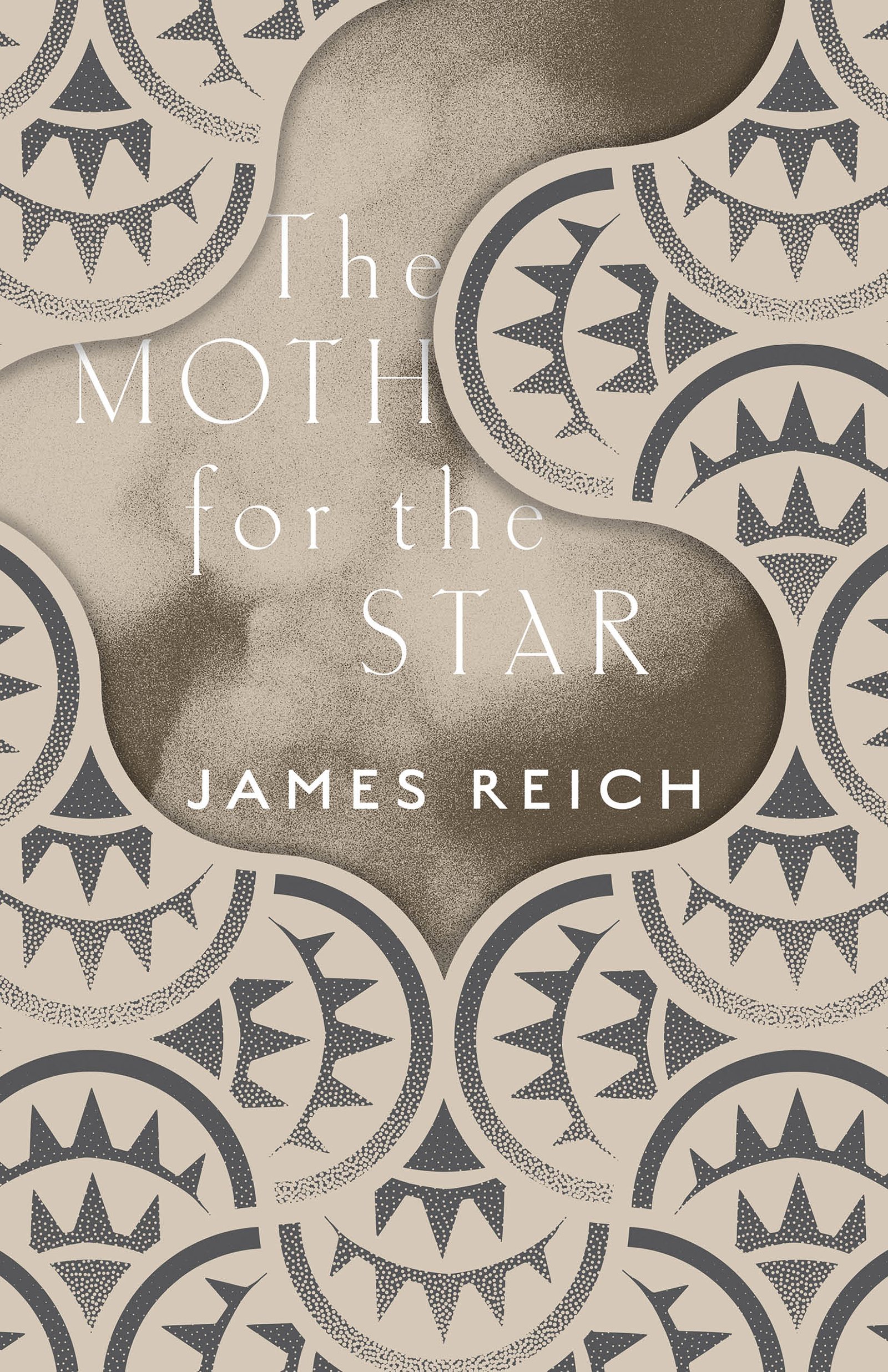Review: A Story of Obsession: These People Really Love Their Rare Porcelain
/
By Ann Fabian
The White Road: Journey into an Obsession by Edmund de Waal
Farrar, Straus and Giroux 354 pp. $27
Edmund de Waal is “an English writer and potter,” he says. Not your everyday pair of careers. His new book, The White Road: Journey into an Obsession, is about porcelain, the slippery translucent clay that de Waal fashions into beautiful pots. De Waal’s been making pots for 45 years of his 50 odd years and writing books for the last half dozen.
The Hare with Amber Eyes: A Family’s Century of Art and Loss appeared in 2010. The Hare made waves through the gift season that year—a surprise of a book that pieced together the story of a collection of 264 small wood and ivory carvings made in Japan in the 18th century. De Waal picked up those netsuke and followed them into that extraordinary family and then on into the horrors of the long 20th century. Those tiny carvings caught the family’s story of memory and loss.
But something more as well. “I’m not entitled to nostalgia about all that lost wealth and glamour from a century ago,” he writes. “I want to know what the relationship has been between this wooden object that I am rolling between my fingers – hard and tricky and Japanese – and where is has been. I want to be able to reach the handle of the door and turn it and feel it open. I want to walk into each room where this object has lived, to feel the volume of the space, to know what pictures were on the walls, how the light fell from the windows. And I want to know whose hands it has been in, and what they felt about it and thought about it – if they thought about it. I want to know what it has witnessed.”
Objects have histories, de Waal knows, and he is a master at conjuring the seductive power stored in things, turning objects into history’s witnesses. He also thinks that artists and makers should be writers. But too few have his way with words or his patience with an historian’s slow work of discovery. De Waal reads a lot of books, leaves his studio to go to museums to see pots, goes to libraries to study up on alchemists and mystics, visits factories where people make pots, and sorts through the rubbish piles where disappointed potters have tossed shards of their failed porcelains.
De Waal, the writer, knows many things. De Waal, the potter, knows those things by a sense of touch. He writes haptic history, to give his work a fancy name. And it's his ability to mix the two—to be a man of things and a man of words—that makes his work so interesting. “Thinking is through the hand as well as the head,” is how he puts it. It’s a view of the world that makes for a rare sort of book. So pots are at his fingertips but so are poets: Keats, Berryman, Auden, Dickinson, Whitman, and Wallace Stevens, of course, who, like de Waal, knew that a pot could change the world around it, taming “the slovenly wilderness.”
Porcelain is the excuse for The White Road. De Waal wants to see the first porcelain pieces that made their way from China to Europe and to visit the sources of petuntse and kaolin, the minerals mixed to make this beautiful white clay. In some ways The White Road reads like a collection of broken shards, since de Waal leaves his story in fragments. There isn’t a single narrative here—as though the story of porcelain could be stored in some perfectly preserved unbroken pot.
De Waal’s opening gesture at Moby-Dick should warn a reader about the dark stories lurking along The White Road. He singles out five white objects in the story, but Melville’s chapter on “The Whiteness of the Whale” may be just as important a touchstone as any single pot. It’s in this chapter that Ishmael, thinking through the “intensified terror of whiteness,” brings his own obsession with the white whale into line with Ahab’s. Why did the whiteness of the whale appall Ishmael “above all things”?
De Waal has not enlisted on a madman’s voyage but he’s interested in obsession, in the curiosity of a chemist or an alchemist, in the devotions of a Quaker apothecary, in the ambition of an industrialist. But he also knows that the bland face of a pure white pot sits as a thin mask on history’s horrors. “Porcelain consumes hills, the wood on the hills, it silts the rivers and clogs the harbours, enters the deltas of your lungs.”
He records the meager wages paid potters, the dusty cough of a factory child, the teachers humiliated during Mao's Cultural Revolution who were then turned into porcelain kitsch, and Hitler’s simpering smile over Himmler’s birthday gift of porcelain figurines made at the Allach porcelain factory in Dachau. And he turns up a figure of Bambi, a Nazi "SS" mark stamped on the fawn’s foot.
There is usually a moment when you read Moby-Dick with students when someone stops the class—surprised to find Daniel Boone or Kit Carson, elephants, polar bears, and coffee pots—and chimes in, wait, everything is in this book. Hats off to Edmund de Waal for seeing how obsession draws history together and for writing his own book if not of everything, well, then a book about many things.
Ann Fabian teaches history at Rutgers, the state university of New Jersey. She has written about gamblers and skull collectors and is working on a new book about American naturalists.











